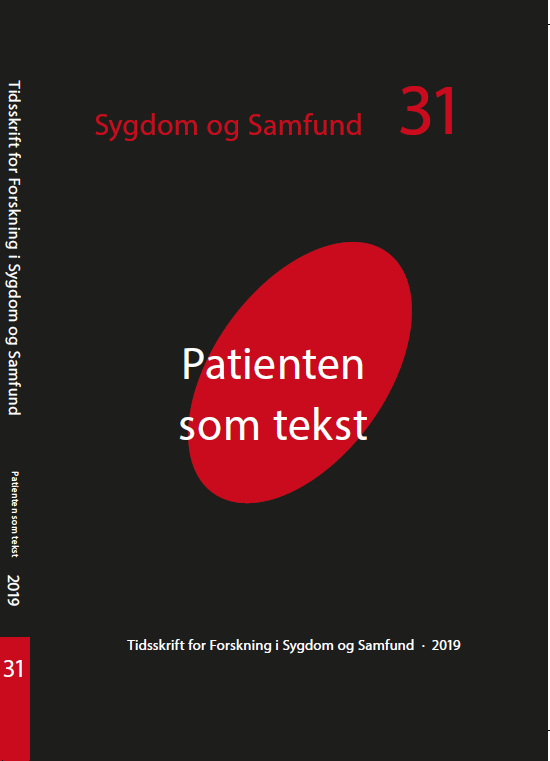A typical patient with depression? A comparative linguistic analysis of accounts by general practitioners and psychiatrists
Publiceret 2019-10-31
Citation/Eksport
Resumé
In Denmark and internationally there is a push for enhanced collaboration between general practice and the psychiatric sector in the treatment of patients with depression. Linguistic and other qualitative studies into doctor-patient interaction have shown that general practitioners (GPs) and psychiatrists have different understandings of depression, which could hamper collaboration. The present study adds to linguistic research of the understanding of depression in the two sectors by examining healthcare communication in a context of representation: how doctors talk about their patients in interviews, rather than how they communicate with their patients in consultations. We demonstrate that the two groups of doctors have diverging representations of patients with depression. Most GPs present patients as individuals whose condition is explained by psychosocial circumstances; whereas psychiatrists predominantly present patients as categories. This difference is evidenced by how the two groups respond to the interviewer’s elicitation of patient stories. The GPs employ personal or specific narrative genres, whereas the psychiatrists use general narrative genres, indicating that the two groups occupy their own separate spaces within what is termed the narrative field. We also demonstrate that these different representations concur with variations in interactional patterns in the interview context, enhancing the gap between the professional identities of the two groups of doctors and, consequently, their conceptualizations of depression. The difference between the groups could be suggestive of cultural differences between the two sectors, caused by their different roles and working conditions in the health care system, which could pose a challenge to future cooperation.

